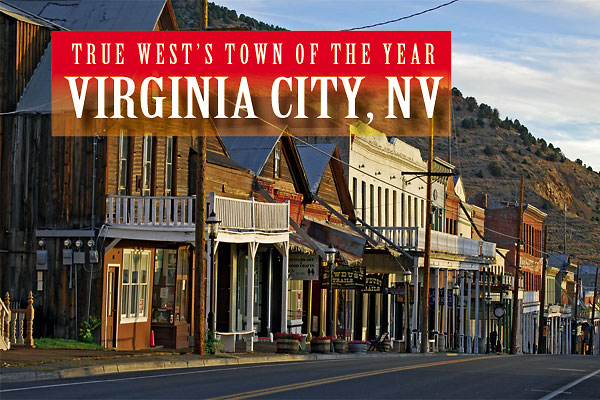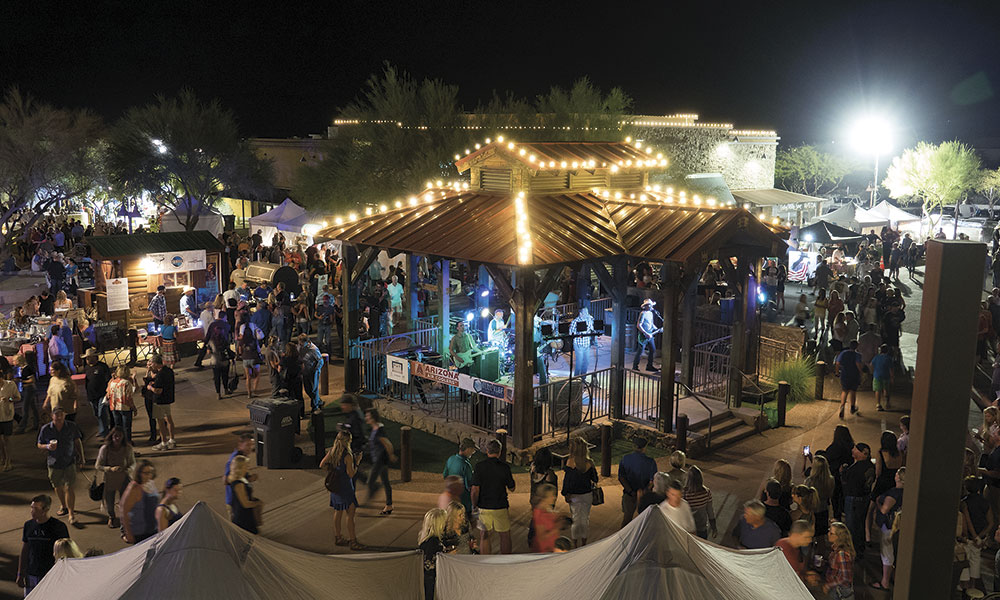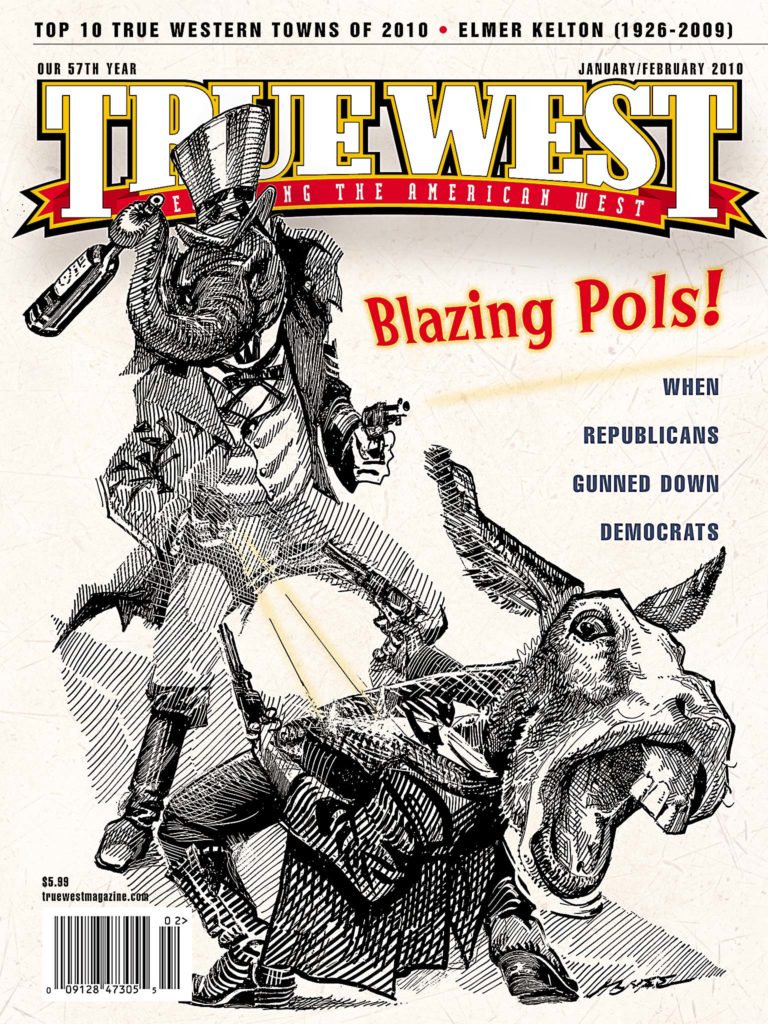2. FLORENCE, ARIZONA
The best part about preserving history comes when history stares you back in the face. That happened to archaeologists working on a major renovation project of the 1878 adobe courthouse at McFarland State Historic Park in Florence, Arizona—population 17,781. In 2009, excavation at the site revealed artifacts dating back to the building’s days as a hospital. “In a big pile of dirt, we spread it out and found all kinds of old bottles, glasses, spoons and syringes—some still intact. And we found the old glass vials that the medicines came in,” Park Ranger Dan Brown told the Florence Reminder and Blade-Tribune.
The work at McFarland involves building new adobe blocks made with the same soil type as the originals, a new drainage system and matching the building to its first Pinal County courthouse days, to remove some of the changes made when it served as a hospital. The city is also working with the metal shop at Arizona Correctional Industries to build a replica jail cell for the building. Who better than convicts to help design the 1885 jail cell?
Incidentally, the Second Pinal County Courthouse, dating to 1891, is also undergoing restoration. The county hopes to reopen it as a courthouse when the project is completed.
When McFarland reopens, the park will once again be a part of the walking tours of Florence’s downtown historic district. In 2009, the walking tour got a technology upgrade: it now offers a 60-minute audio tour that explores the 29 sites, developed by the Pinal County Historical Museum, the Town of Florence Library and the Florence Main Street Program. You’ll hear about Pearl Hart, the stagecoach outlaw who faced trial here in 1899, and about the 1888 gunfight between Sheriff Pete Gabriel and his deputy Josephus Phy. You can download the audio tour onto your mp3 player for free from FlorenceAZ.gov, or you can borrow an mp3 player from the Florence Visitor Center for the tour. The downtown tour celebrates 25 years in 2010.
Since 1932, Thanksgiving in Florence has meant the Junior Parada youth rodeo was in town. The Volunteer Pinal County Mounted Posse sponsors the rodeo, which is open to youth from 5 to 18 years of age. In 2009, the volunteer posse made it even easier for local youth to participate; it is no longer involved with the national organization, which means youth will not have to pay entry fees to that organization to participate in the rodeo.
The Pinal County Historical Museum involves its citizens by offering free lectures every month. One of the lectures was given by an anthropologist about the discovery of a local Hohokam site that the town of Florence is hoping to own and protect in the future.
The Arizona Lottery, surprisingly, played a huge role in restoring the 1876-95 Silver King Hotel, completed in 2009. The lottery’s Heritage Grant funds were used to transform the hotel into the Silver King Marketplace, where various businesses can be housed. Rather than tear down history, the town of Florence chose to repurpose it to serve today’s needs. Continuing on this path, the town is restoring the 1916 Florence High School Old Main to reuse it as the local school district office.
The great lesson Florence offers other historic towns is in its clever strategy to repurpose its past to help the town grow into the future. From its audio walking tour to its restored historic buildings, Florence is a shining gem of preservation that works for the benefit of everyone.





